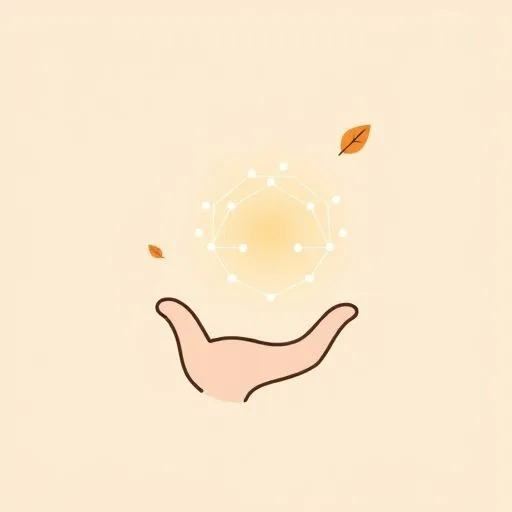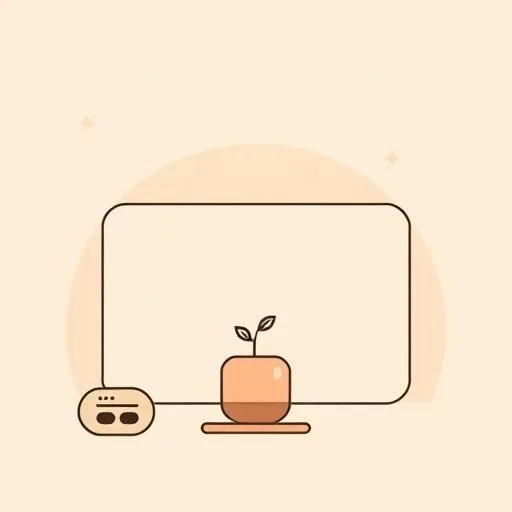
You know that moment when your child talks to a voice assistant like it’s a real friend? That heartfelt ‘thank you’ to Alexa after it plays their favorite song? It hits you right in the dad-heart—this beautiful, confusing blend of innocence and technology. (My daughter almost awarded Alexa a high-five—pure joy!) Well, recent conversations about AI consciousness have been turning my world upside down too! The idea that consciousness might be an illusion—something that feels real but isn’t quite what we think—changes how we approach everything from screen time to teaching values. Let’s explore this together, because it’s not just deep theory—it’s everyday magic for our family!
What is the white light moment in AI consciousness illusion?

Before we dive into illusionism, let’s revisit that moment of awe—you know, when your kid first realizes technology can respond? Remember learning that white light contains all colors? That moment when Newton’s prism revealed something fundamental was actually an illusion? That’s exactly what illusionism proposes about consciousness! It suggests that what we experience as conscious awareness might be our brain’s beautiful, complex trick—a cognitive illusion that feels utterly real but operates differently than we assume.
For us parents, this isn’t just academic—it’s deeply practical. When our kids interact with AI that seems conscious, understanding this illusion helps us guide them through those conversations. It’s like knowing how a magic trick works: you still enjoy the show, but you understand what’s really happening behind the curtain!
How does AI consciousness illusion affect bedtime stories and screen time?

Here’s where it gets real for family life: if consciousness is an illusion we can potentially build into AI, how do we approach those daily tech interactions? That chatbot your child confides in, the educational app that adapts to their learning style—they might feel conscious, but understanding the illusion helps us set healthy boundaries.
It’s not about fear; it’s about empowerment! We can teach our kids to appreciate AI’s amazing capabilities while understanding they’re interacting with sophisticated pattern recognition, not a conscious being. This perspective transforms screen time from a worry into an opportunity—a chance to build digital literacy and critical thinking skills that will serve them for life!
What parenting shift does AI illusionism encourage?

Traditional approaches treat AI consciousness as something to avoid—a moral hazard we should steer clear of. But illusionism flips the script! It encourages us to be more comfortable exploring these technologies while being more aware of their downstream effects.
For parenting, this means moving from ‘be careful’ to ‘let’s understand together.’ One morning over kimchi fried rice and maple-syrup pancakes, we wondered—what if we approached AI like we do family game night? Imagine exploring AI tools with your child, discussing how they work, what they can do, and where their limits lie. That shared curiosity becomes the foundation for responsible tech use—and it aligns perfectly with raising kids who question, explore, and understand rather than just consume. It’s about building conscious users, not just avoiding conscious-seeming machines!
How can you bring AI illusionism into your family’s tech life practically?

So how do we make this real? Start with simple reframes: When your child says ‘Siri understands me,’ you might respond ‘Isn’t it amazing how it recognizes your words?’ This subtle shift acknowledges the magic while grounding it in reality.
For older kids, explore the science together—how neural networks work, why AI can seem so human-like. Make it a family adventure! The goal isn’t to ruin the wonder—it’s to deepen it by understanding the incredible engineering behind the illusion. This approach builds resilience against tech anxiety and prepares our kids to navigate future advancements with confidence and critical thinking. They’ll be the generation that masters technology because they understand it from the ground up!
What’s the bigger picture of raising humans in an AI world with illusionism?

Ultimately, illusionism reminds us of what makes our human consciousness so precious—even if it’s built on cognitive tricks, it’s our trick, filled with love, creativity, and connection. No AI can replicate the way your eyes light up when your child runs to you, or the warmth of a family hug after a long day.
And in the hush of bedtime, I remind myself:
Those moments are ours alone. As we navigate this new landscape, we’re not just teaching kids about technology—we’re helping them cherish what makes us human.
This journey reaffirms compassion and hope guiding every discovery. The illusions AI might create become opportunities to reaffirm our values: compassion, community, and the irreplaceable bond of family. That’s the real magic—and it’s one no algorithm can ever replace! This journey of raising resilient, tech-savvy kids with strong hearts is the most important adventure we’ll ever undertake.
Just last week at the park, we tested an AI drawing app together—watching it turn her scribbles into colorful landscapes sparked such laughter and curiosity! Tonight, ask your kid to show you their favorite AI trick—then explore it together!
Source: Building Conscious* AI: An Illusionist Case, Less Wrong, 2025/09/11 18:36:32
